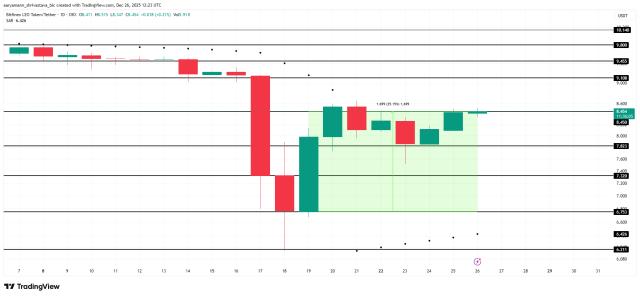A 51% attack occurs when a group of miners gains control of more than half of a blockchain network's hash power. This majority control allows them to reverse transactions, enabling double-spending and halting legitimate payments, which can compromise the integrity of the network.
How Does a 51% Attack Work?
Blockchains rely on miners to validate transactions by solving complex puzzles. In a 51% attack, malicious miners create an alternate chain in secret. Once their chain becomes longer, it overrides the original, reversing past transactions and disrupting the network.
Which Cryptocurrencies Are at Risk?
Larger blockchains like Bitcoin are almost immune to such attacks due to their massive decentralization and hash power. Smaller cryptocurrencies, however, often lack these defenses, making them more susceptible to 51% attacks.
Why It Matters
Although rare on major networks, 51% attacks highlight vulnerabilities in blockchain technology. They emphasize the need for strong decentralization and innovative security protocols to maintain trust in the ecosystem.
ConclusionUnderstanding 51% attacks is vital for staying informed about blockchain security. By recognizing these risks, users and developers can work together to build a safer and more robust crypto environment.





